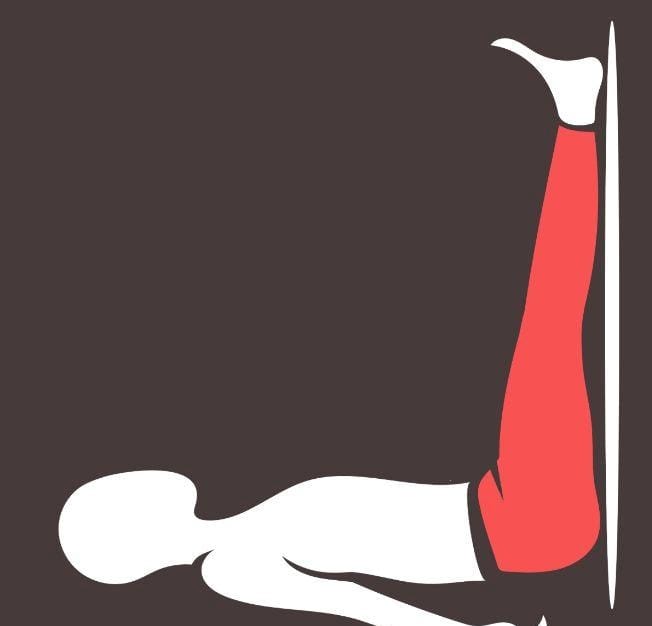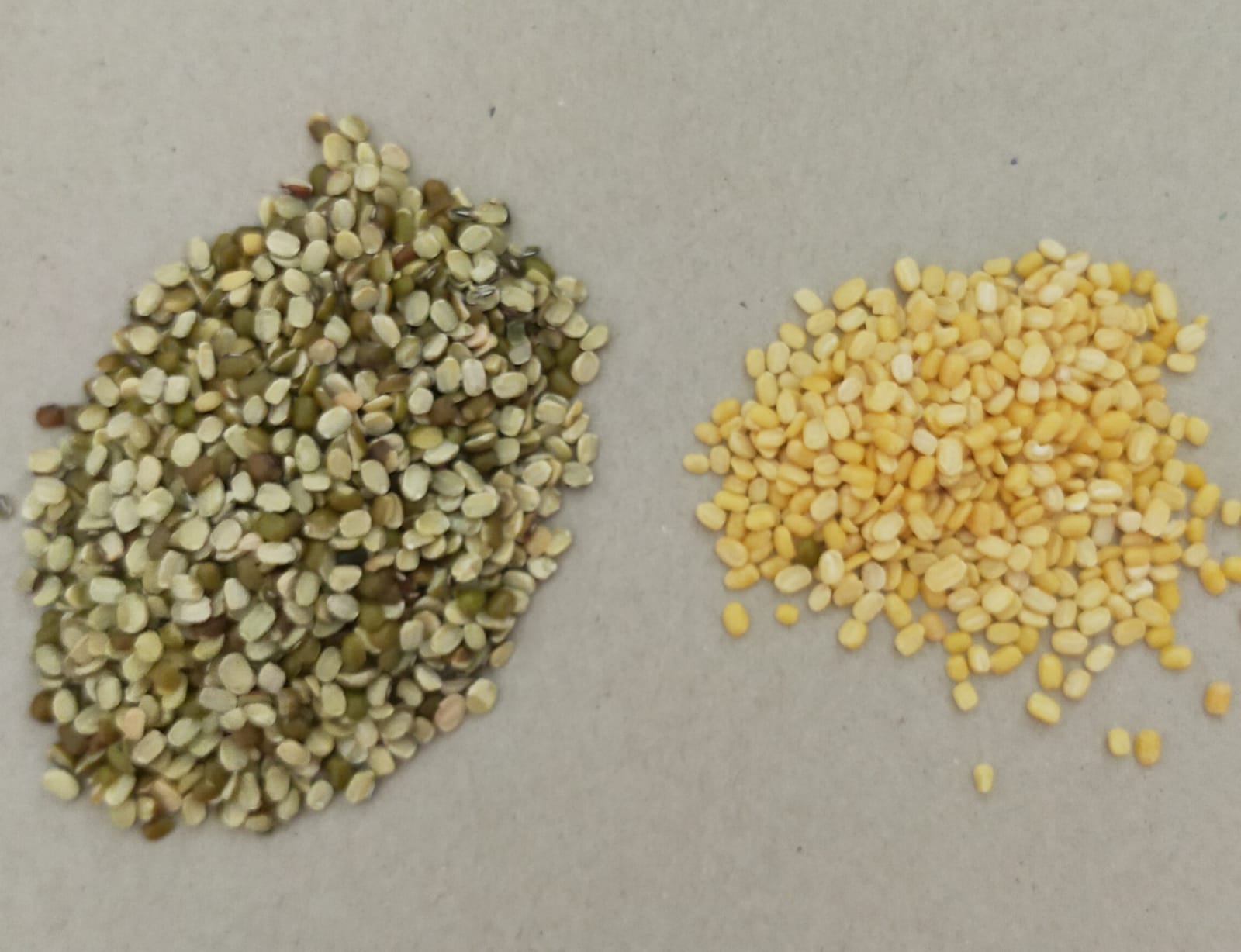The Fodmap diet has been developed en tested in practice at the Monash University in Melbourne. At this university, Peter Gibson and Susan Shepherd developed the Fodmap diet. Shepherd is specialised in food intolerances. Gibson is professor and director of gastroenterology. Before, he was professor of medicine and head of the Eastern Health clinical school.
What are Fodmaps?
Fodmap is an abbreviation of fermentable, olilgo-, di-, and monosaccharides and polyolen. These are difficult words for all types of sugar. It turns out that all sugars, the so called Fodmaps, are not digested well by people with intestinal complaints. These foods are poorly or not absorbed in the small intestine, they enter the colon and the carbohydrates are quickly fermented or converted by the intestinal bacteria that are present there. This results in the production of substances and gasses through which the intestine swells. In people with a sensitive bowel, this gives bloating and flatulence. These carbohydrates can also attrackt fluid in the intestine, causing the intestine to swell and this pressure can give you pain. Examples of these carbohydrates are lactose, fructose and carbohydrates from wheat, cabbage and beans. In fact, you have avoid all sugars, both those with a short and long chain and all starchy products. What is left then, are certain vegetables, chicken, fish, healthy fats and glutenfree products.
How does this diet works?
During the first phase of the Fodmap diet, foods that are high in Fodmaps are omitted. Think of certain vegetables, fruits, wheat- and dairy products. This first phase, is a phase of elimination, with the purpose to give the intestines a rest and this takes about six weeks. The Fodmap diet is most commonly used for people who are suffering from IBS or Irritable Bowel Syndrome. You can read about IBS under the header ‘health’.
More and more, the Fodmap diet is used for other kinds of intestinal trouble as well. After those six weeks, you can start reintroducing other foods that are higher in Fodmaps and see how this goes for you. If you would like to start with this diet, please ask for a dietician who knows about this diet for the right guidance. He or she can give you lists of foods that are low, middle or high in Fodmaps. You can also find a lot of information on the world wide web about this diet and tasty recipes for the low Fodmap phase. This diet might also work for people with fibromyalgia, since it is known that fibromyalgia might be caused by a leaky gut. In due time, we will blog about fibromyalgia.
In Holland, one out of five people have intestinal trouble of some sort. What is the number in your country? Did you ever use this diet and was it helpful for you? Please let us know. You can reach us under the contactbutton.
February 2019
All rights reserved





